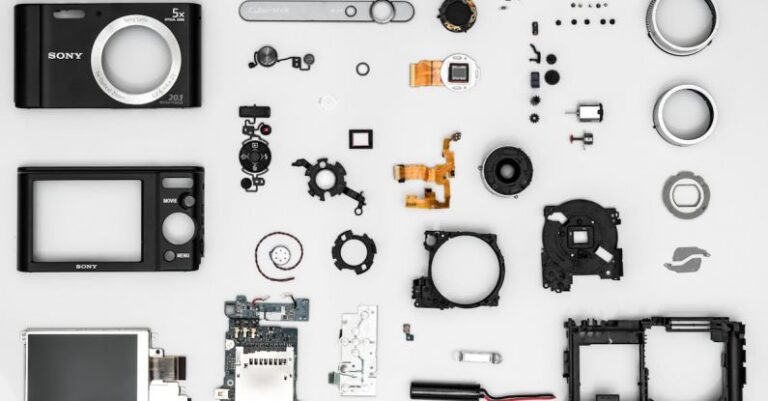
Building a Lightweight RC Plane
When it comes to the thrilling world of remote-controlled (RC) planes, enthusiasts often find themselves drawn to the challenge of constructing their own aircraft. One common goal among hobbyists is to create a lightweight RC plane that can soar through the skies with agility and grace. But can you really build a lightweight RC plane that performs well? Let’s explore the key factors that come into play when attempting this exciting endeavor.
Choosing the Right Materials
The first crucial step in constructing a lightweight RC plane is selecting the right materials. Opting for lightweight materials such as balsa wood, foam, or carbon fiber can significantly reduce the overall weight of the aircraft. These materials are not only lightweight but also durable, making them ideal choices for building a high-performance RC plane.
Balsa wood, in particular, is a popular choice among RC plane builders due to its excellent strength-to-weight ratio. When used strategically in the construction of the plane’s frame and wings, balsa wood can help keep the overall weight of the aircraft to a minimum without compromising on structural integrity.
Foam is another lightweight material that is commonly used in the construction of RC planes, especially for beginner-friendly models. Foam is easy to work with and can be shaped and molded to create aerodynamic designs that enhance the performance of the aircraft.
Carbon fiber is a premium material known for its exceptional strength and light weight. While more expensive than balsa wood or foam, carbon fiber is often used in high-performance RC planes where every gram counts. Incorporating carbon fiber components into the design of your RC plane can help achieve a perfect balance between weight and strength.
Efficient Design and Aerodynamics
In addition to choosing lightweight materials, designing your RC plane for efficiency and optimal aerodynamics is essential for achieving a lightweight build. A well-thought-out design that minimizes drag and maximizes lift can greatly improve the overall performance of the aircraft.
Pay close attention to the wing design, fuselage shape, and tail configuration of your RC plane. Wings with a high aspect ratio tend to provide better lift while reducing drag, resulting in improved efficiency during flight. A streamlined fuselage and tail design can also contribute to the overall aerodynamic performance of the aircraft.
Furthermore, consider the placement of components such as the motor, battery, and electronics to ensure proper weight distribution and balance. Balancing the weight of the RC plane is critical for stable flight and maneuverability, especially in lightweight models where even small imbalances can have a significant impact on performance.
Testing and Tweaking for Optimal Performance
Once you have constructed your lightweight RC plane, it’s time to put it to the test. Take your aircraft to an open area free from obstacles and carefully conduct test flights to evaluate its performance. Pay attention to how the plane handles different flight maneuvers, its stability in the air, and its overall responsiveness to controls.
During test flights, be prepared to make adjustments and tweaks to fine-tune the performance of your RC plane. Small modifications such as changing the angle of the wings, adjusting the control surfaces, or redistributing weight can make a big difference in how the aircraft flies.
To achieve optimal performance, consider experimenting with different propeller sizes, motor configurations, and battery options to find the perfect balance between power and weight. Remember that building a lightweight RC plane is a process of continuous refinement, and each adjustment brings you closer to achieving the ideal balance of weight, strength, and performance.
In conclusion, building a lightweight RC plane is not only possible but also a rewarding challenge for hobbyists and aviation enthusiasts alike. By choosing the right materials, designing for efficiency and aerodynamics, and testing and tweaking for optimal performance, you can create a high-performance aircraft that is a joy to fly. Embrace the process of experimentation and refinement, and enjoy the exhilarating experience of piloting your very own lightweight RC plane through the skies.





